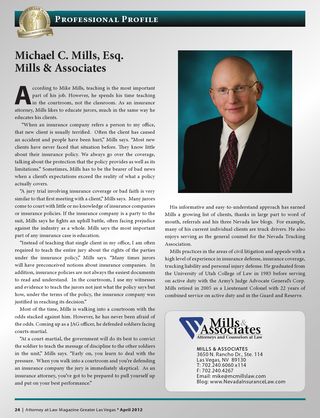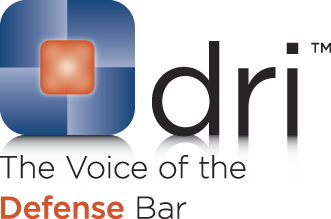Aside from the damages previously discussed (see Damages 101 and 102) there is yet another form of compensatory damage. These damages are not meant to compensate the injured plaintiff, but instead, that person’s spouse. Loss of consortium damages anticipate the possibility that injury to a plaintiff may cause damage to that person’s marital relationship. A meretricious relationship is insufficient. A valid marriage is required.
Loss of consortium is considered to be a derivative claim. Derivative means that the claim for loss of consortium is dependent on and must be joined with the injured person’s claim. Nevada recognizes the validity of a claim for loss of consortium, but only if it is joined with a claim for damages by the injured party. General Electric Co. v. Bush, 88 Nev. 360, 498 P.2d 366 (1972). The same defenses available against the injured person’s claim (e.g. the statute of limitations, comparative negligence, assumption of risk) can be brought to defeat a derivative claim.
Loss of consortium damages may include not only a loss of intimate relations, but also a loss of the emotional support, companionship, and the mutual benefits presumed to exist within a marriage. Paralysis, cognitive impairments, and disability generally support such an award to the spouse even without proof of economic loss. However where there are non-catastrophic injuries a jury award of damages usually depends on proof of actual damages. These can include the cost of hiring someone to clean, cook, provide child care, fix a roof, do yard work and other services that had been previously performed by the injured spouse. Nevada excludes as damages a loss of financial support to the spouse to prevent a double recovery, in that the injured Plaintiff will be awarded those damages as part of the claim for lost wages.
More and more Plaintiffs are filing loss of consortium claims. Plaintiffs hope to get more money for the spouse’s damages. They argue that both the injured Plaintiff and the loss of consortium spouse are separate claimants and thus they should each get their own “bodily injury limit”. Nevada law has not fully resolved this issue. Please contact Mills & Associates with your fact pattern to discuss possible coverage issues.
Additional Information related the issue of Damages in Nevada Litigation can be found HERE. We at Mills & Associates also encourage you to explore the “Categories” listed in the right column for related topics.
If you have any questions about Nevada litigation strategies or damages, feel free to contact me at 702.240.6060 or by email.
— Mike Mills
 Follow
Follow Email
Email


